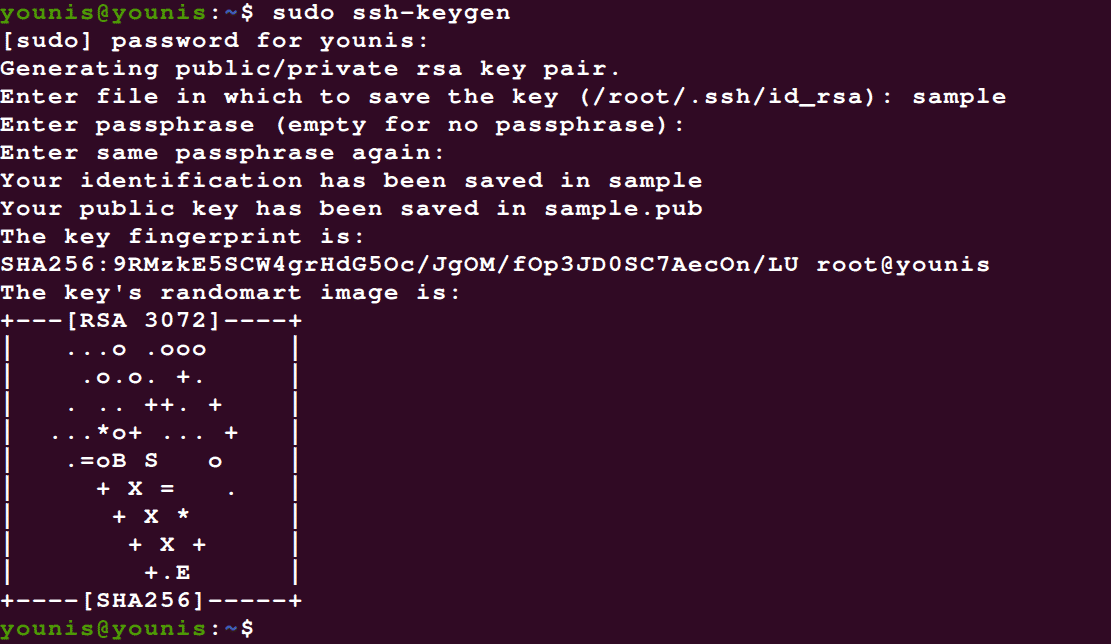

For example, you won’t have to provide the passphrase each time you use the login configuration.īoth options have their merits, and can be incorporated to best meet your needs - If you have a single NetStorage upload account (or one that you use primarily), it might be best to just apply the private key via the direct configuration method, and mark it as a saved session. You can come and go from an individual login configuration, and leave Pageant running, with your private key(s) loaded. You launch the agent separately, navigate to the private key file and, if applicable provide the associated passphrase. However, if you have incorporated a passphrase for added security, you will have to provide this value every time you attempt access, because WinSCP can not save this value within a Stored Session. During this one-time login configuration process, you simply navigate to the private key file on your local system and include it in the configuration. You can incorporate the key while setting the Login Configuration, or you can incorporate the PuTTY “Pageant” agent to call out the private key. WinSCP offers two options when incorporating the private key file for access.
Ssh copy key file full#
Note: When performed on NetStorage, reput will always result in a full upload. reput (resume upload): The client queries to see how much of the file exists on the server, and then only uploads the remaining portion of the file.reget (resume download): The client tells the server to seek to the position corresponding to the end of the portion of the file on the client, and to transfer the remaining bytes.These PuTTY PSFTP commands aren't present in the OpenSSH SFTP client, and aren't supported with NetStorage:.There is no option like there is with the OpenSSH client. The get and put commands have no option to preserve transferred files’ permission and access time attributes.


Globbing expressions (wildcard characters) are not supported.Leading # characters aren't treated as comments as they are with the OpenSSH client they are treated as syntax errors.Limited constructs and commands: The PuTTY PSFTP client doesn't support these constructs or commands in either interactive usage or “batch” mode:.Limited globbing support: The PuTTY PSFTP client doesn't support “globbing” (wildcard characters) as fully as the OpenSSH client this also affects PSCP in the -sftp backend mode.There are differences between the PuTTY and OpenSSH SFTP clients: PuTTY's PSCP client has an -sftp backend mode of operation that works likes PSFTP. The PuTTY PSFTP client offers a subset of OpenSSH SFTP commands, and is compatible with NetStorage. For more information, see " Managing remote repositories.Differences between PuTTY PSFTP and OpenSSH SFTP For more information, see " Generating a new SSH key and adding it to the ssh-agent."Īfter adding a new SSH authentication key to your account on, you can reconfigure any local repositories to use SSH. Generate a new SSH key and add it to your machine's SSH agent.For more information, see " Checking for existing SSH keys." Prerequisitesīefore adding a new SSH key to your account on, complete the following steps. For more information about commit signing, see " About commit signature verification."Īfter you generate an SSH key pair, you must add the public key to to enable SSH access for your account. You can also use SSH to sign commits and tags. When you connect via SSH, you authenticate using a private key file on your local machine. You can access and write data in repositories on using SSH (Secure Shell Protocol). About addition of SSH keys to your account


 0 kommentar(er)
0 kommentar(er)
